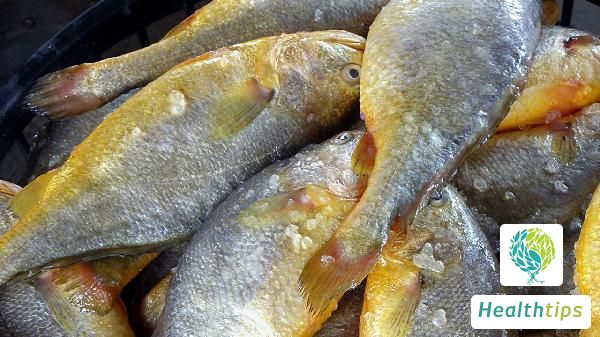What Are the Best Stir-Fried Dishes to Eat When Experiencing Stomachache?
When experiencing stomach pain, it is advisable to choose foods that are easy to digest and absorb in daily diet. When cooking, try to avoid foods rich in coarse fiber, such as celery, and instead opt for green leafy vegetables like spinach and bok choy. Boiling or stewing is the preferred cooking method, especially when the food is cooked thoroughly to ease the burden on the stomach. Avoid fried vegetables or other fried foods. For meat, fish and chicken are good choices.

Treatment primarily focuses on regulating qi, harmonizing the stomach, and relieving pain, with further treatment tailored to individual conditions. For those with stomach cold, dispelling the cold is the key; for those with food stagnation, promoting digestion is essential; for those with qi stagnation, regulating qi is necessary; for those with heat accumulation, clearing heat is important; for those with blood stasis, resolving the stasis is crucial; for those with yin deficiency, nourishing the stomach and yin is beneficial; and for those with yang deficiency, warming and invigorating the spleen-yang is essential. Understanding the specific pathogenesis and applying appropriate treatments accordingly is key to effective therapy.
The location of stomach pain is the stomach, which is closely related to the liver and spleen. The basic pathogenesis involves the blockage of stomach qi, leading to impaired descending function and resulting in pain when the flow is obstructed. Pathological factors mainly include qi stagnation, cold coagulation, heat accumulation, dampness obstruction, and blood stasis. Pathologically, early stages are often characterized by excess patterns, while later stages often involve deficiency of the spleen and stomach, often with a mixed pattern of excess and deficiency.
1. External pathogenic factors, such as cold, dampness, and heat, can invade the stomach, leading to blockage of stomach qi and resulting pain. Among these, cold is the most common cause.
2. Improper diet, including overeating or undereating, can damage the spleen and stomach, leading to stagnation of stomach qi and pain.
3. Emotional disturbances, such as anxiety and anger, can harm the liver and spleen, disrupting their functions. This can lead to improper discharge of the liver qi, which can in turn affect the stomach, causing stomach qi stagnation and pain.
4. Constitutionally weak spleen and stomach can also lead to stomach pain. The spleen and stomach are responsible for receiving and transporting food and fluids. If they are weak, their functions may be impaired, leading to qi stagnation or deficiency of yang qi in the middle burner, which can manifest as stomach pain.



















